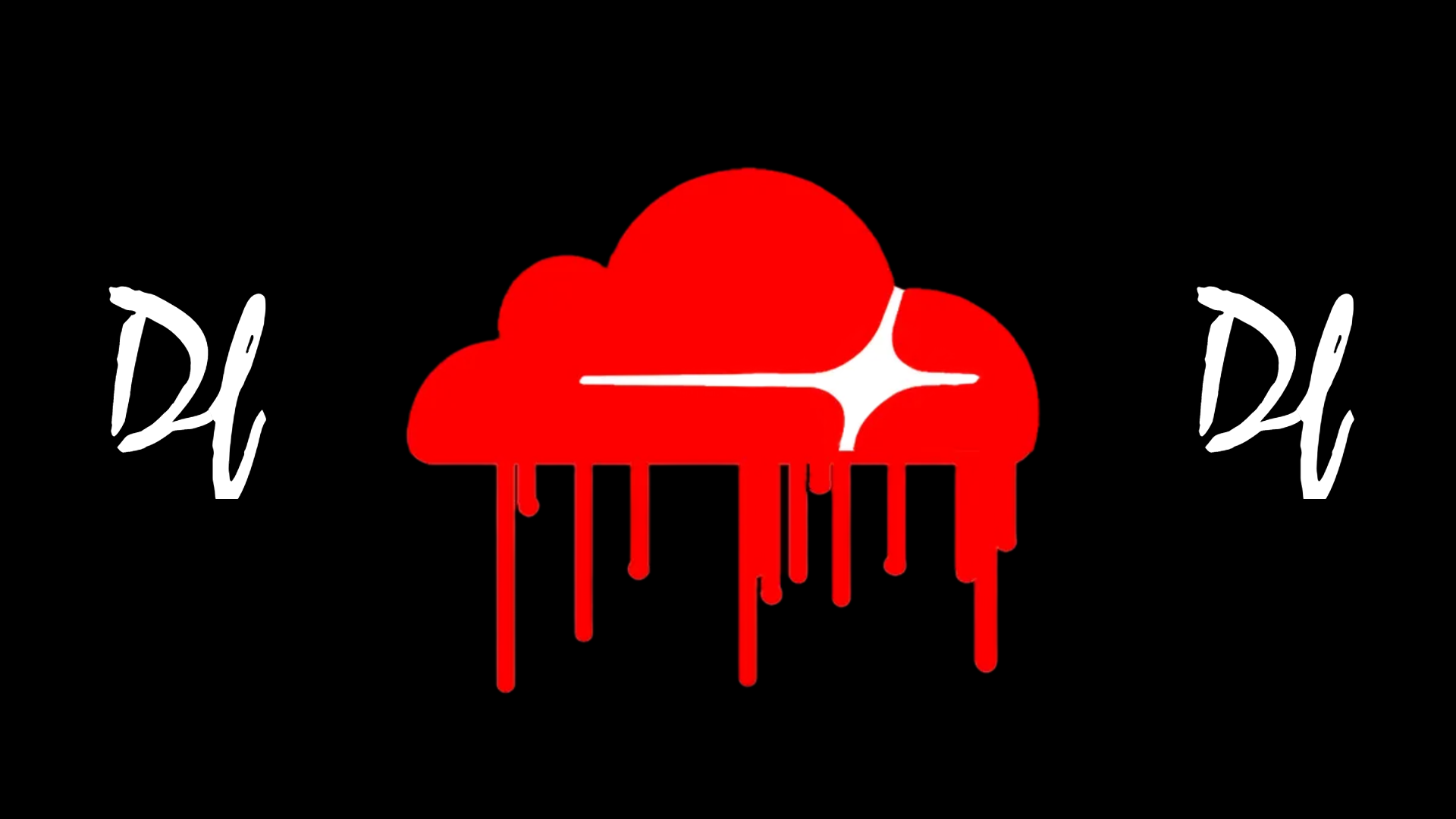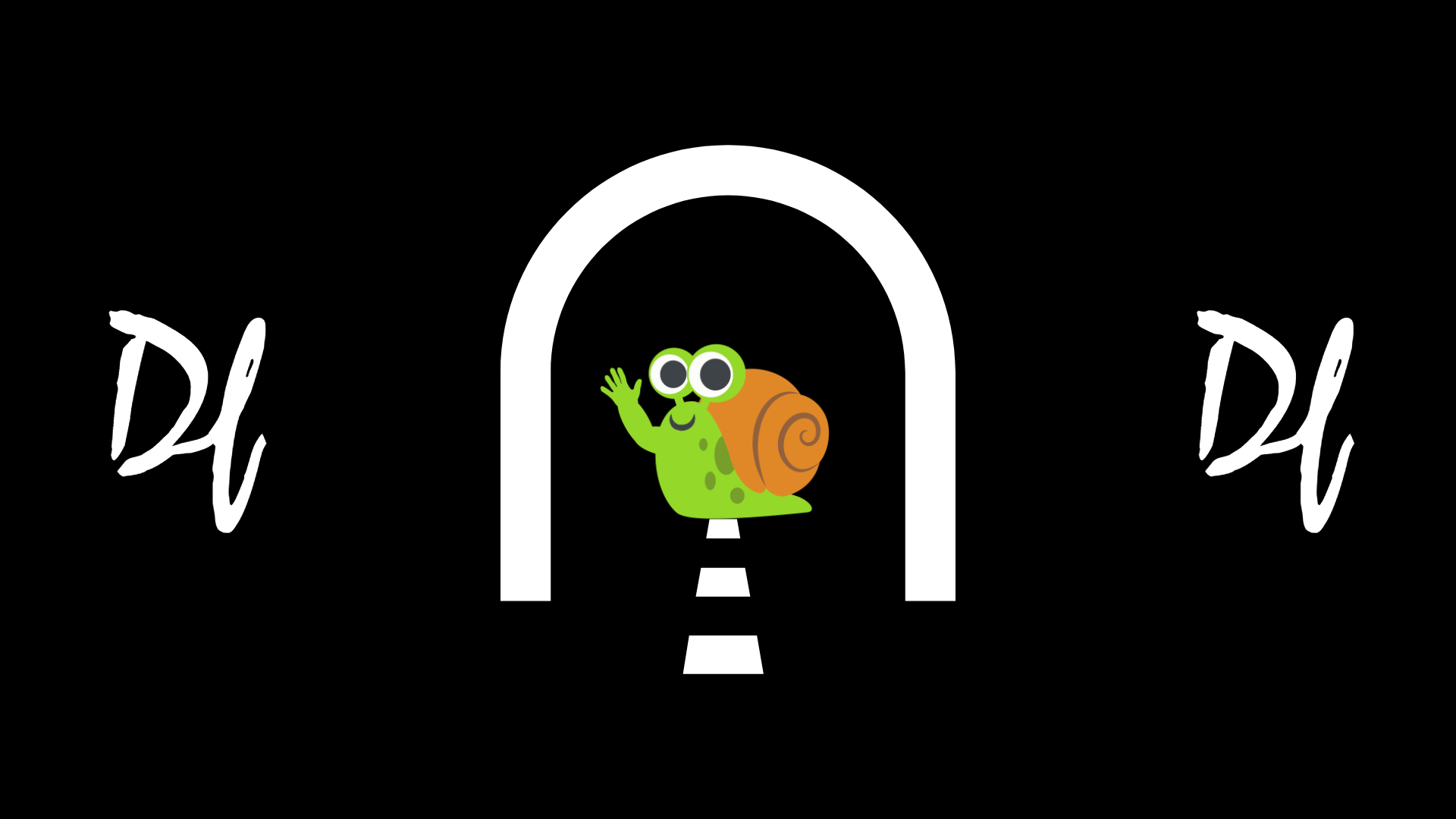
PEACH Framework
The PEACH framework aims to address this issue by providing a structured approach to modeling and improving tenant isolation in cloud SaaS and PaaS applications.

The PEACH framework aims to address this issue by providing a structured approach to modeling and improving tenant isolation in cloud SaaS and PaaS applications.

The digital realm is intricately woven into the fabric of our modern society, and at its core lies an intricate network of codes. Each line of this code bears the potential to either sustain the digital world as we know it or disrupt it entirely. Let's delve into a fascinating incident that nearly shook the internet's foundation – a tale of how a single line of code in Cloudflare's system almost led to a catastrophic leakage of private information. This incident is a stark reminder of the fragility of the digital infrastructure we often take for granted and the critical importance of rigorous testing and code review processes. Buckle up for a deep dive into the incident that almost blew up the internet on February 24, 2017.

If you're running a FiveM server, you know how important it is to secure it from potential threats. One way to do this is using a zero-trust security model, where you can only access the server through a secure channel.

Cloudflare can help gaming community's in many ways to protect their players and make their servers more secure and reliable!
SQL databases are an essential tool for many organizations, but they can also pose a significant security risk if not properly configured. One way to mitigate this risk is through the use of tunneling TCP to SQL databases.
What Is A .ml domain? The domain(.ml) was initially managed by Sotelma, a Malian telecommunications company. After Selma was privatized…
IMS - Network, is an Israeli gaming community that builds and develops game servers for free. Double NAT occurs when…
BungeeCord and Spigot are popular software platforms for managing Minecraft servers. Both are used by server administrators to create custom plugins and manage player connections and are popular choices for large server networks.
However, like any software, they can be vulnerable to a variety of threats if not properly secured. In this blog post, we'll explore some of the vulnerabilities that BungeeCord and Spigot servers may face and how to protect against them.